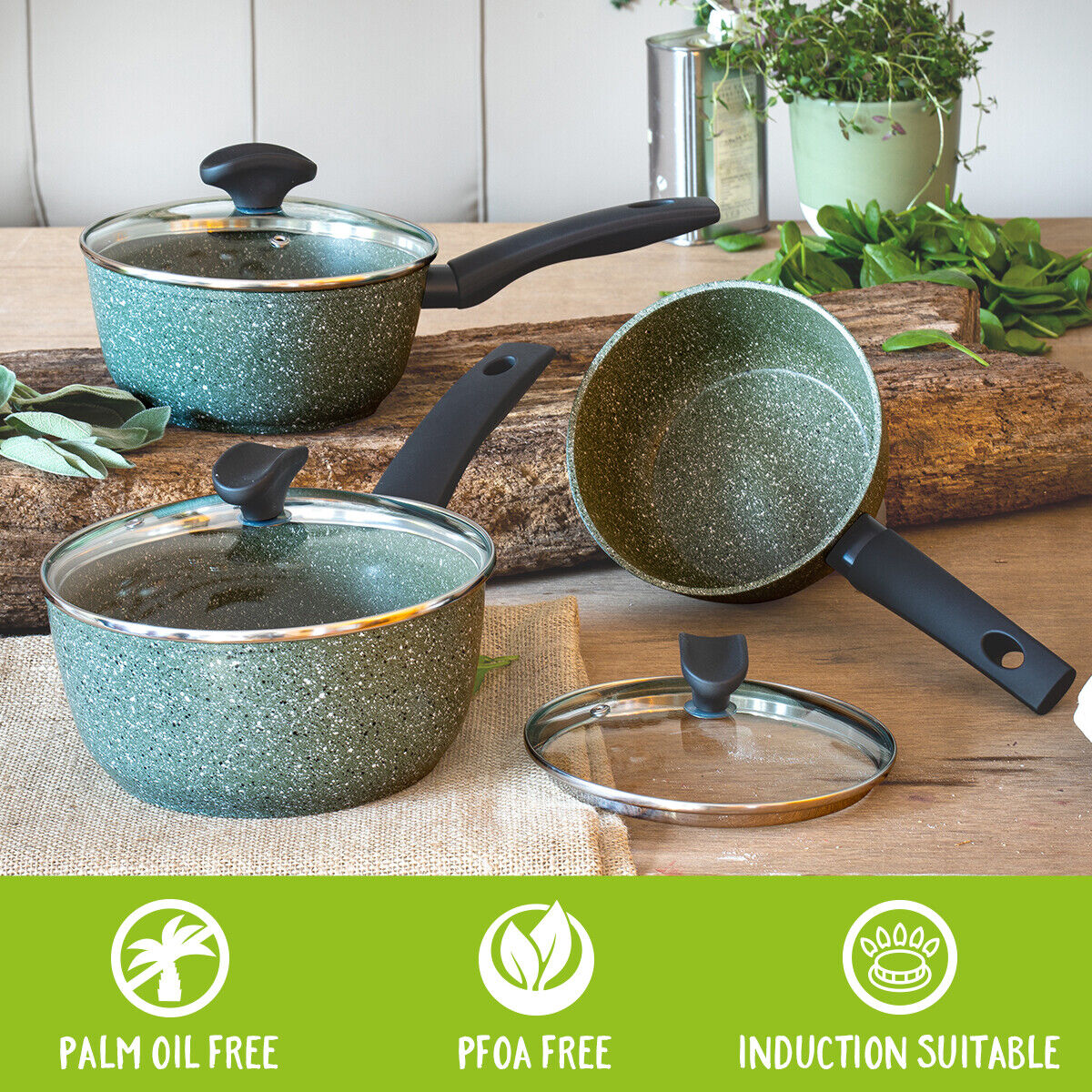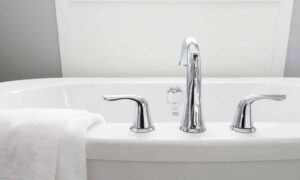With a good enough hob, you might never even need to turn on the oven and in a landscape where everyone is trying to pinch as many pennies as possible that can only be a good thing. Yes, an air fryer can help you save money and the microwave is faster but there are so many meals you can cook on the hob. Everything from a chilli con Carne to a curry, soup or stir fry.
But if you’re in the market for a new job for your kitchen, what kind of hobs should you be looking at? Here, we’ll be taking you through the four main types of hobs available in the UK and exploring their advantages and disadvantages.
Induction hobs
Perhaps the most modern choice, an induction hob is the safest and most energy-efficient choice. It works by sending an electric current through a coil hidden under the hob’s surface. This generates a magnetic field that transfers heat to the bottom of your pots and pans.
Compared to traditional methods, induction cooking is a lot more efficient, with up to a 70% reduction in energy consumption since 90% of the energy produced is channeled into the pan itself. That means that food cooks faster while using less power. Induction is also much safer, as there is no flame or element to ignite fumes or cause burns.
They are popular because they only generate heat when compatible equipment is placed on them. For this, you’ll need to invest in induction pan sets as only induction-compatible pots and pans should be used on an induction hob. You should also be aware that induction hobs aren’t suitable for people who have a pacemaker fitted, as the powerful electromagnetic field produced can interfere with it.
Electric hobs
While electric and induction hobs might look very similar and are both powered by electricity, electric hobs create more traditional heat via conduction rather than induction. This means the hobs will produce heat even when there is nothing placed on them, making them a little less safe than induction hobs. They are, however, generally more affordable and don’t require any specialist pan sets.
Electric hobs can be very practical and are great if you live in a rural area where mains gas isn’t widely available. Despite not being quite as safe as induction hobs, electric hobs often provide a wide range of safety features that can be beneficial for families. These safety features could include indicators to show when a zone is still too hot to touch and also locks that stop the cooker from working unless the right combination of buttons is pressed.
Gas hobs
The classic traditional hob is still, for many, the fastest and most precise option and offers a more even temperature across the surface of your pots and pans. They have been the standard of job cooking now for decades and remain the most popular choice.
However, as they are connected to your gas mains you will be using a lot of the energy you might want to save for your heating. They are also not as safe as other options as if you leave the burner on it can lead to disastrous accidents. Ignition points are also prone to failure, so you might need to keep a box of matches or a lighter handy by the hob just in case.
Ceramic hobs
An even more affordable electric alternative, ceramic hobs use a glass surface to transfer heat to your cooking utensils. Ceramic hobs have the advantage of using less electricity because of the heating elements under the tempered ceramic glass that heats up electronically. It then heats up the ceramic glass surface which consequently heats up the cookware.
Despite this, a lot of energy can escape from around the sides of the pan as the entire cooking space is heated. Also, they can remain hot for quite a while after you finish cooking, making them unsafe. Another downside is that they tend to scratch easily and are not as responsive as other hobs.
However, they look stunning with a contemporary shine and the ability to sit flush with work surfaces. There are many things to consider when buying a new hob, and it all comes down to your personal preference and needs. Whether you want to be more energy efficient to cut bill costs, whether you want the safest possible cooking methods around your kids, or even if you’re just looking for the cheapest option. We hope this comprehensive guide has shown you some clarity in the search for your new hob!








